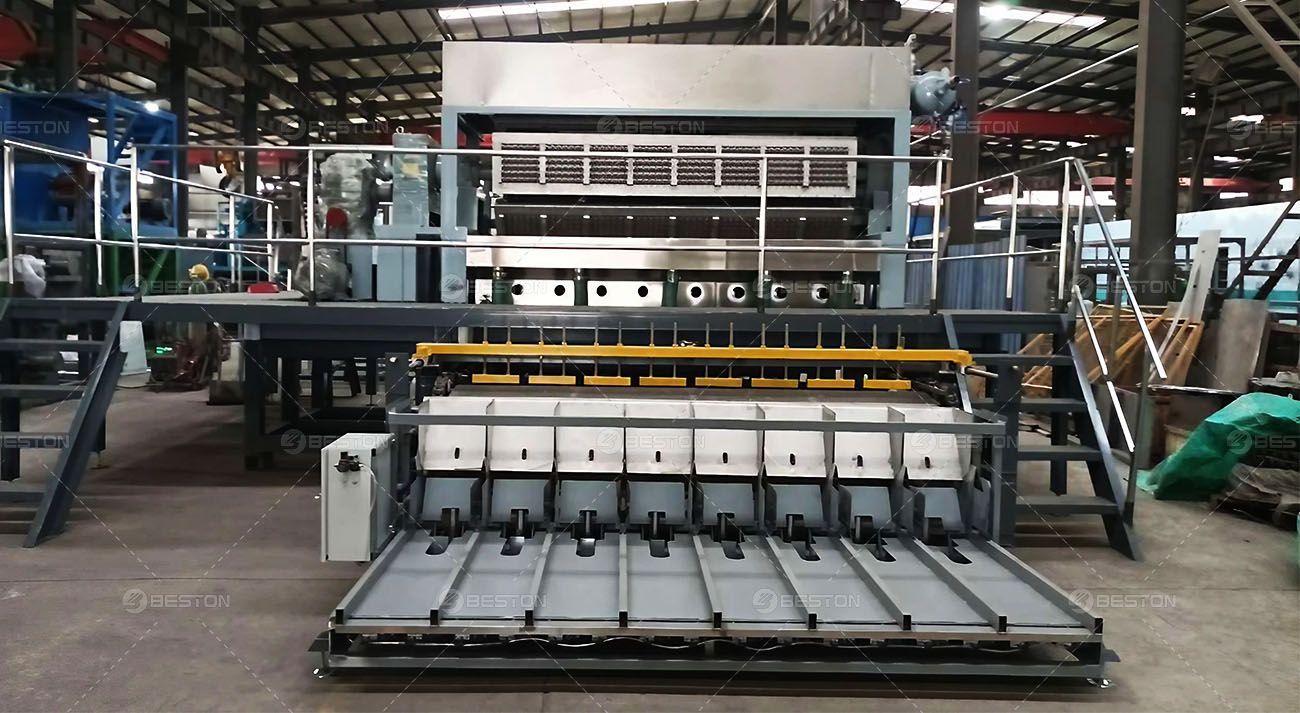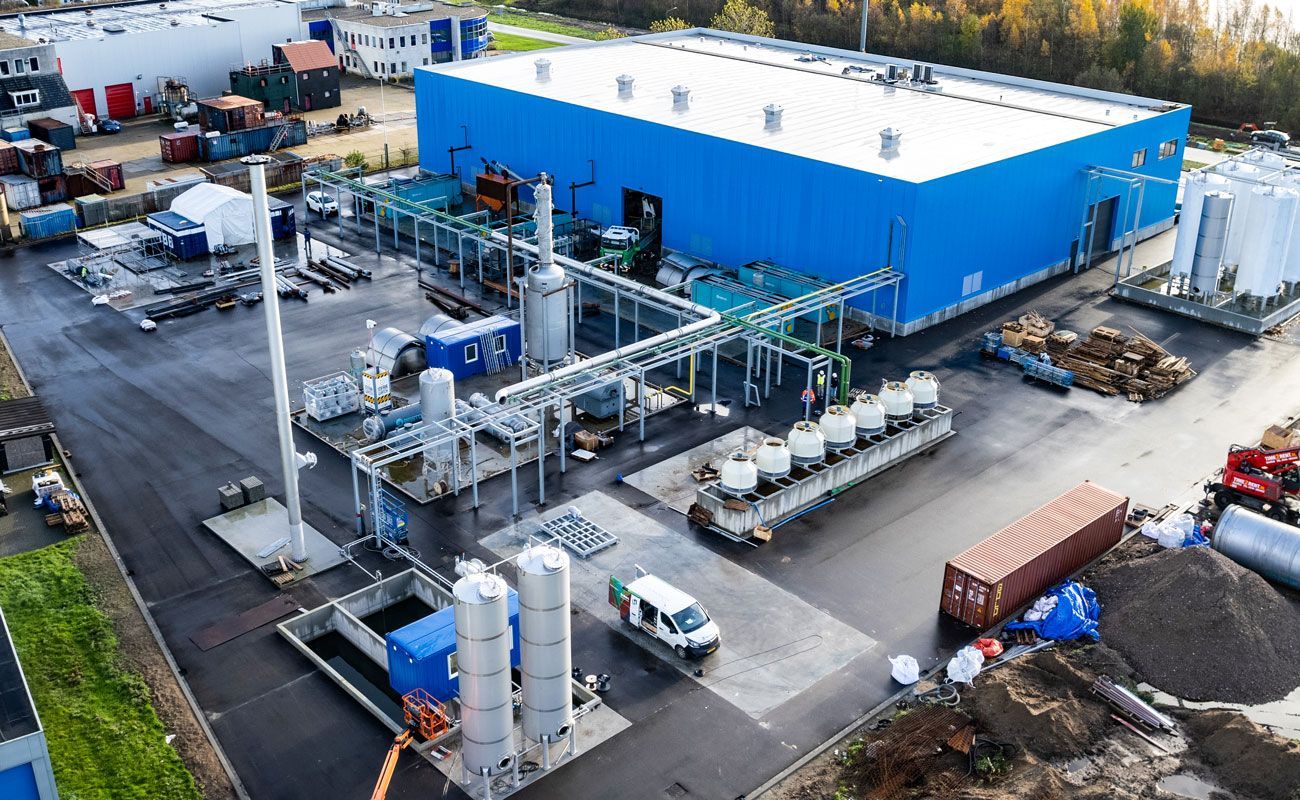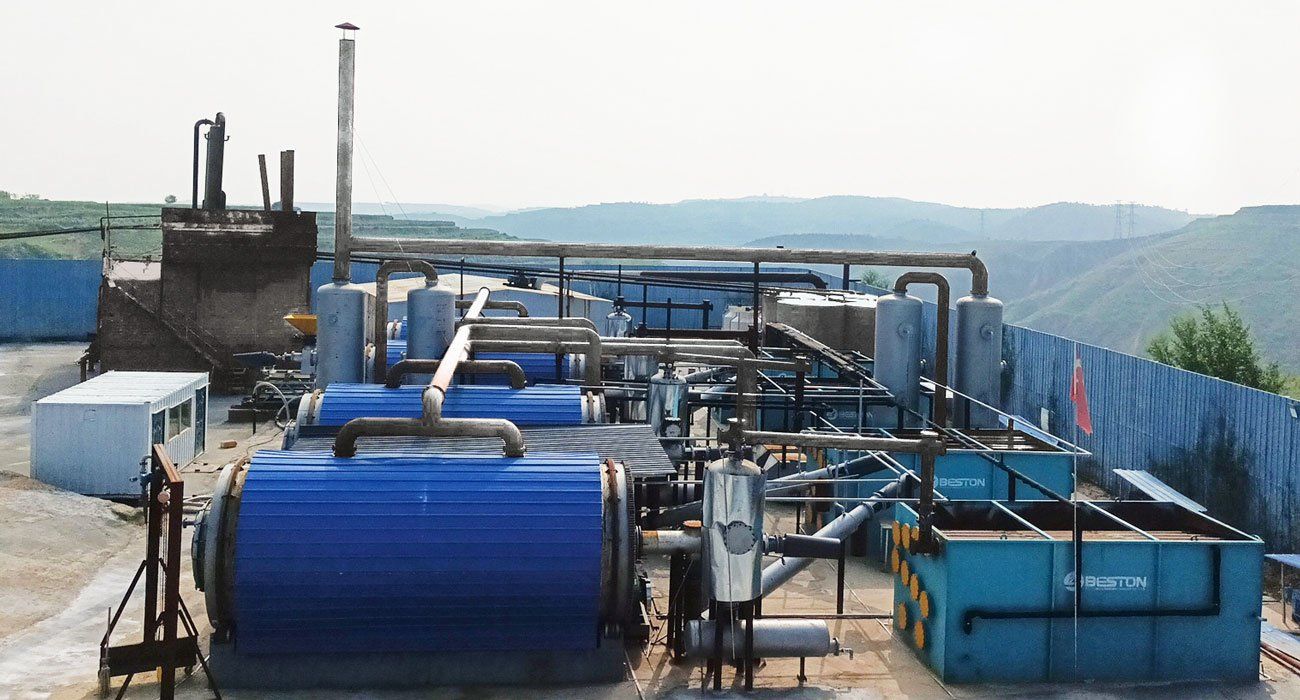Price Of A Pyrolysis Plant For Recycling Used Tires
- By zhou qi
- •
- 17 Mar, 2020
Tire to oil machines based on pyrolysis technology made a massive contribution towards the world's mounting tire waste problems. The conclusion products which can be harvested from scrap road tires using such machines include tire oil, carbon black, combustible gas and steel. By using these machines, waste disposal management companies not any longer must send tire waste to incinerators or waste burial sites. Are you aware that a normal tire can take over eight decades to decompose plus it presents an enormous fire-risk on landfill sites? Furthermore, the world's largest tire graveyard in Kuwait can be seen from space.
Fortunately, waste tire pyrolysis reactors enable rubber recycling firms to produce big profits from non-biodegradable waste material. It's great how the environmentally-friendly waste tire disposal processing methods are actually commercially viable for businesses in numerous countries. Recycling firms can avail of fast and large return on your investment rates through the best modern tire to oil machines. What's more, the most up-to-date models from international suppliers are produced to comply with a few of the strictest national and international emissions regulations. Because of this businesses in almost every country can get involved in the lucrative pyrolysis-based tires recycling plant.
There are lots of core factors that contribute to the eventual price of a waste tire pyrolysis system. Some of the main components in this system include tire grinder, drying machine, pyrolysis reactor, oil gas manifold, recycled water-cooled condensing tube network, oil storage tanks, dedusting system, oil distillation machinery and a lot more. Machines that are manufactured from high-grade components are certainly prone to are more expensive, but they are also likely to experience a longer working lifespan. This implies investors have to do many cost-benefit calculations when deciding which rubber waste pyrolysis plants to purchase.
The size and style and daily processing capability specs, obviously, have got a big effect on machine costs, as well as automation levels and working methods. Batch/manual used tire pyrolysis plants typically cost less than fully continuous scrap tire pyrolysis plants. Of course, a larger initial investment can equate to higher returns. Also, it's essential to know that pyrolysis reactors which may have continuous design configurations will be more energy-efficient. So if you are looking to reduce fuel costs, a continuous pyrolysis plant with a horizontal/fixed reactor pattern design is the way to go. Batch working method plants are usually cheaper, but they have rotary reactor pattern configurations, that happen to be less stable and much less cost effective. Ultimately, it's exactly about weighing the benefits and drawbacks of different machines and selecting one that suits your business's budget restraints.




